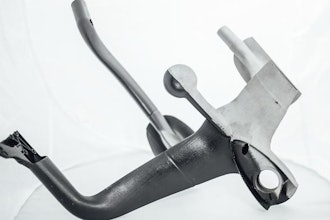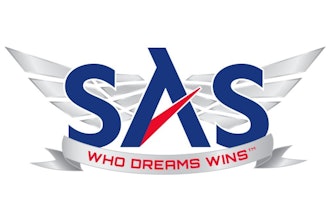Oh, the things you can find on social media: cat videos, teenagers eating laundry detergent, heads-of-state sending mean tweets and, of course pictures of top secret weapon systems.
Last week photos began showing up on Twitter of a previously unseen gun housed on the deck of a Chinese Navy Yuting I-Class landing vessel.
The unspecified weapon is much larger than the usual 37 mm cannon. The size and shape, along with a couple of other factors, are leading to speculation that it could be a railgun. If so, it would be the first time somebody figured out how to effectively install this potentially revolutionary weapon on a ship.
In addition to the physical similarities it shares with U.S. prototypes, the weapon was sighted at the Wuchang Shipyard, a well-known testing grounds for the Chinese Navy.
The ship in question appears to be the right fit as well. The landing vessel is designed to store and deploy 10 tanks, or up to 500 tons of cargo. So, it would seem capable of handling the size of the controls needed for the electromagnetic weapons system.
China has also shown a great deal of interest in electromagnetic technologies for a number of applications, including railgun research that dates back to the 1980s. As recently as last October, the country also claimed to have figured out an electromagnetic launch technology that would allow for installing a ship-based power system suitable for a railgun-type weapon.
Just to refresh, we’re talking about an electric-powered canon capable of firing ten 45-pound metal slugs a minute at 4,500 mph in melting targets up to 100 miles away. The amount of power required to operate the gun has been equated to that used by 19,000 U.S. homes.
An inability to design a ship-based power source was one of the reasons the U.S. railgun program has been stalled, even after receiving more than $500 million in R&D.
The positive news is that while China might be ahead of the U.S. on this technology, at best they appear to still be in the testing phase.






















